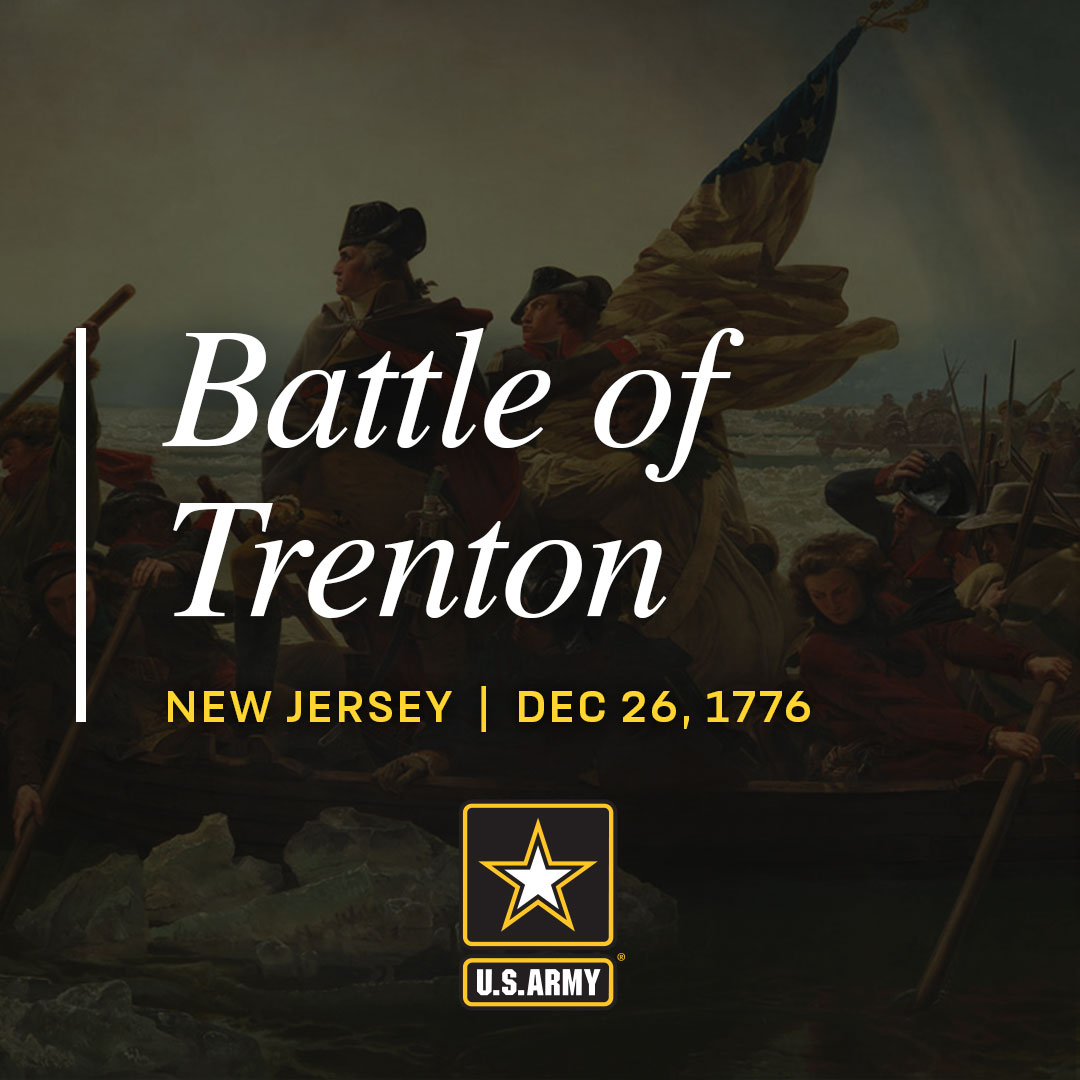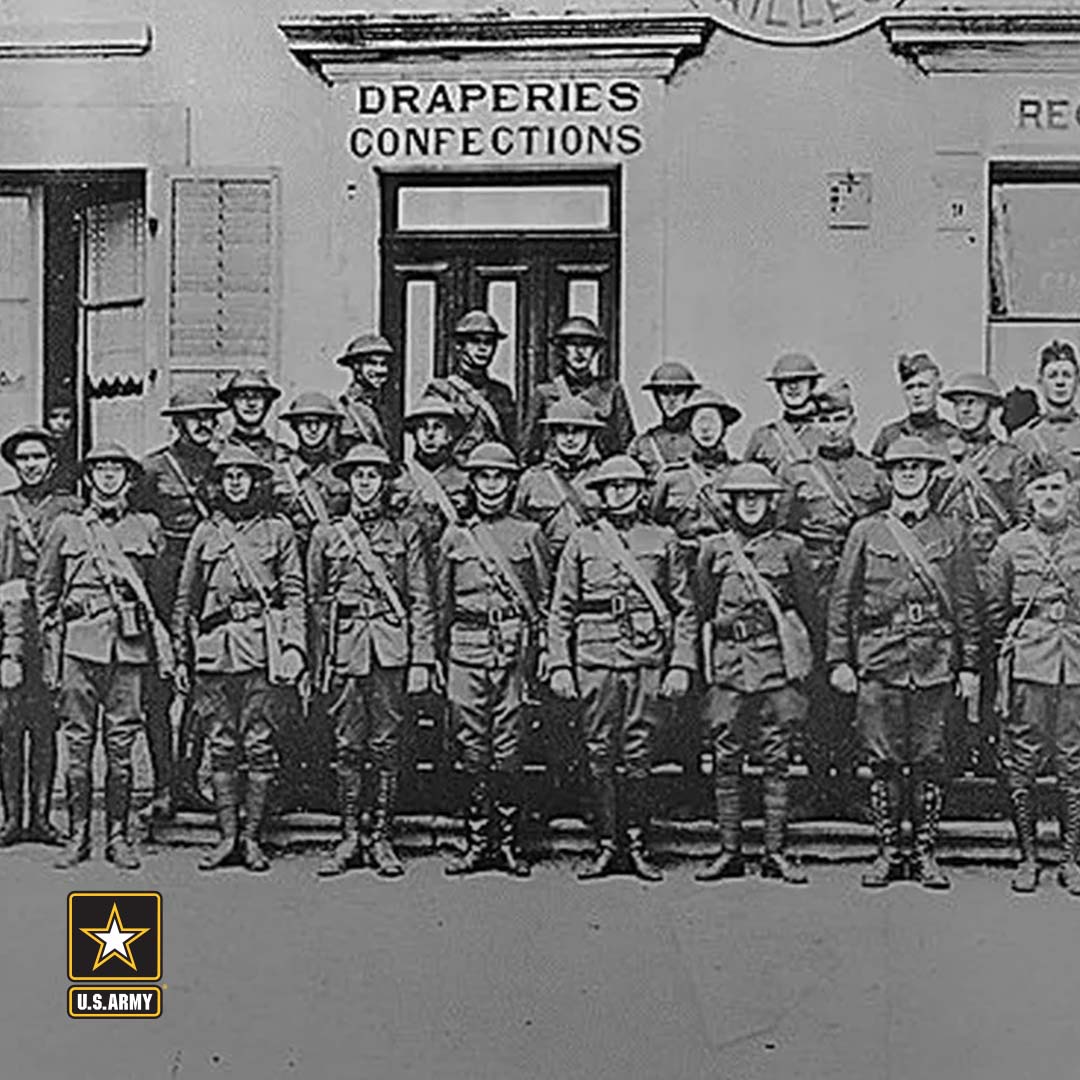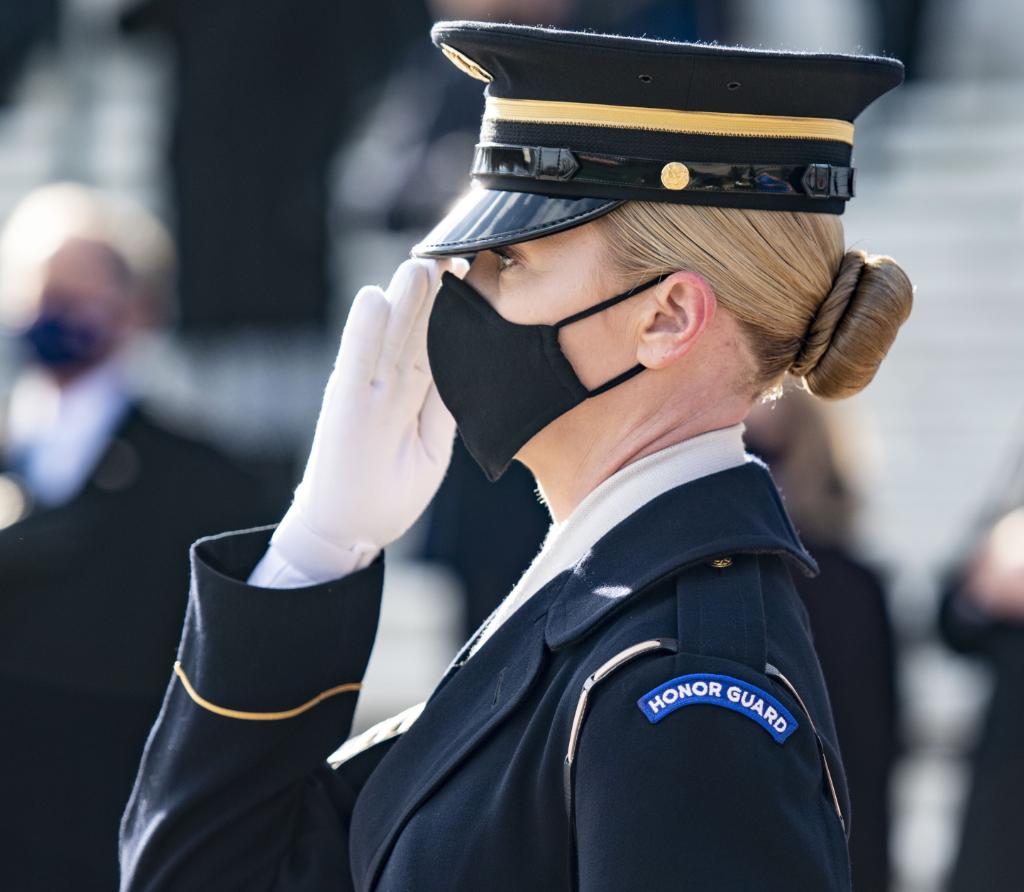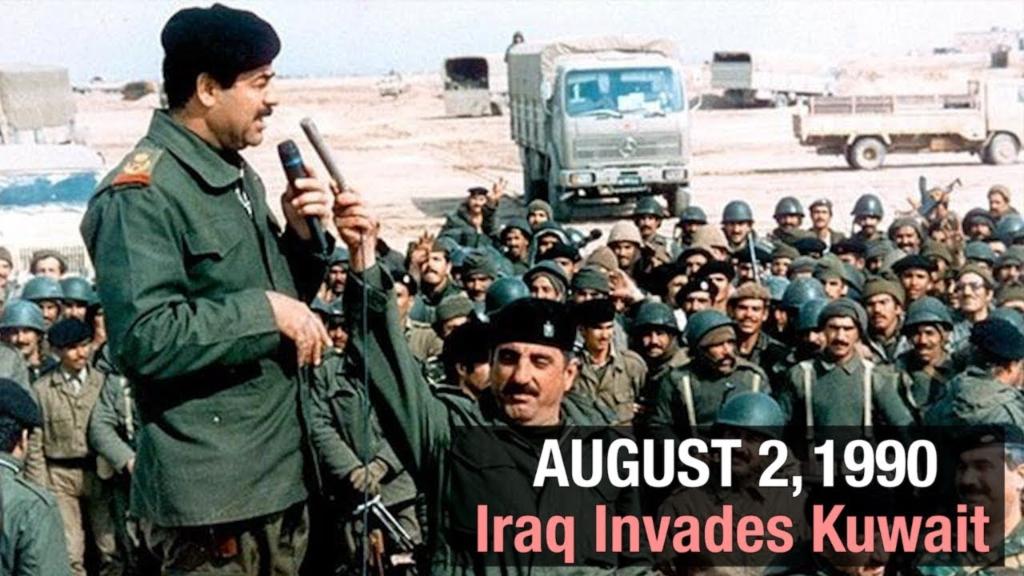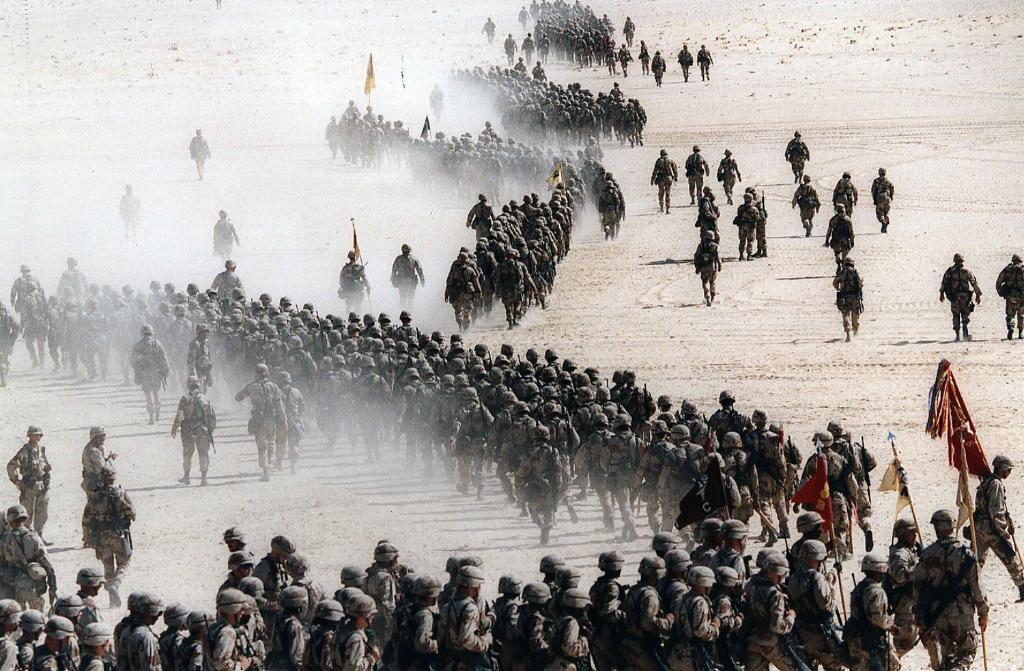
Even small victories have big effects.
Today we look back at The Battle of Princeton
New Jersey | Jan 3, 1777
Today we look back at The Battle of Princeton
New Jersey | Jan 3, 1777
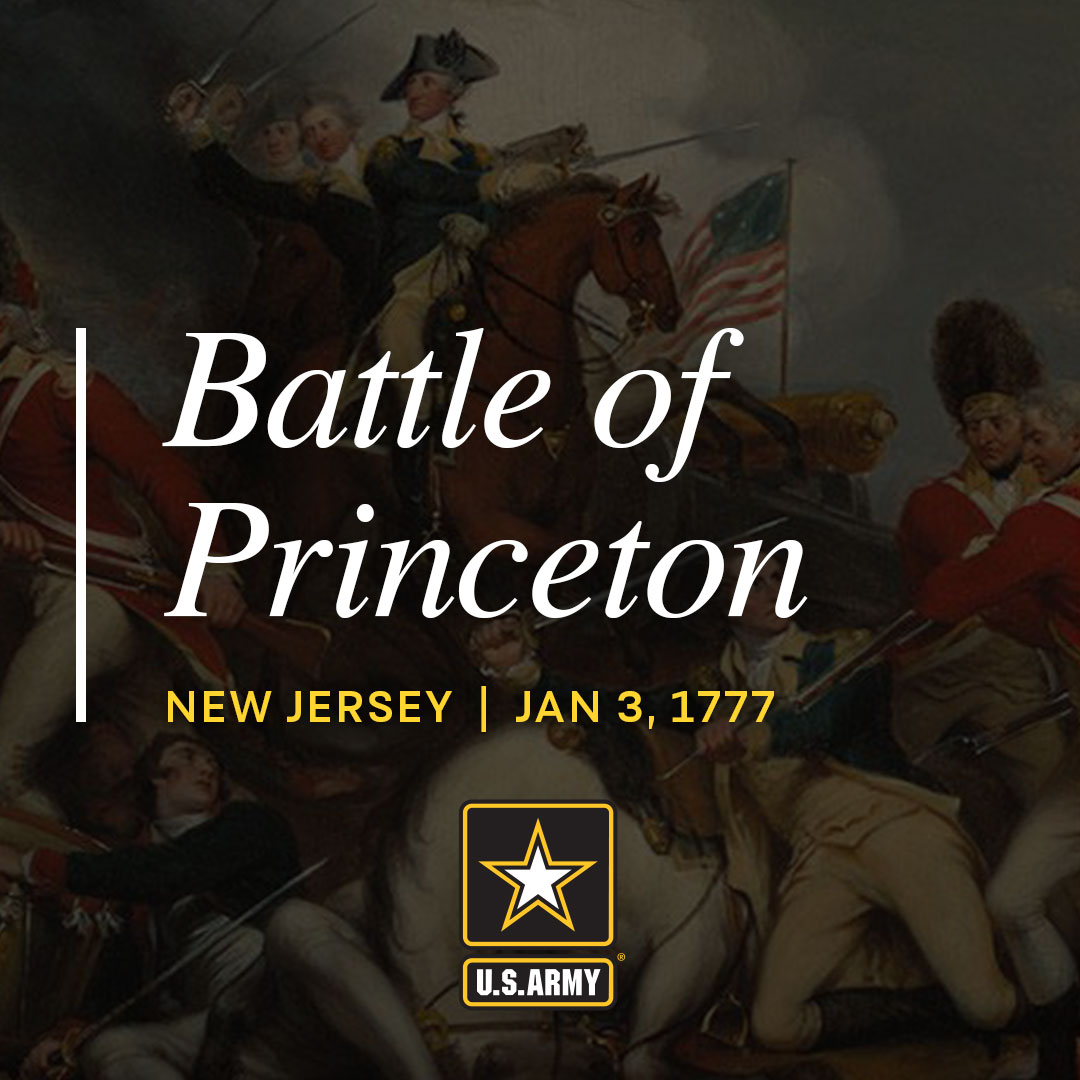
After crossing the Delaware on December 25, 1776, Gen. George Washington embarked on a ten day campaign, known as the “10 Crucial Days," that would change the course of the war, culminating at the Battle of Princeton. 

By noon on Dec. 30, Col. John Cadwalader, in command of a brigade of Philadelphia Associators stationed 15 miles south of Princeton, received valuable intelligence from an unidentified informant who'd been detained the night before by British troops and managed to escape. 

Piecing together what he could from the informant, Col. Cadwalader drew a map of Princeton, its approaches, and the British dispositions in the area.
It was in Washington’s hands the next day.
It was in Washington’s hands the next day.

On the night of Jan. 2, after repulsing a British attack at the Battle of the Assunpink Creek in Trenton, Gen. Washington evacuated his army from its position and went on to attack Lt. Col. Charles Mawhood’s British forces garrisoned at Princeton. 

Lt. Col. Mawhood spotted the Continentals approaching the Princeton garrison and engaged the center of the American army’s left flank at sunrise on Jan. 3, one mile south of Princeton. 

A running battle ensued as both sides tried to reach Princeton before the other.
At first the British gained the advantage against Gen. Hugh Mercer’s Virginia brigade, and Washington sent militia units under Col. Cadwalader in support.
At first the British gained the advantage against Gen. Hugh Mercer’s Virginia brigade, and Washington sent militia units under Col. Cadwalader in support.
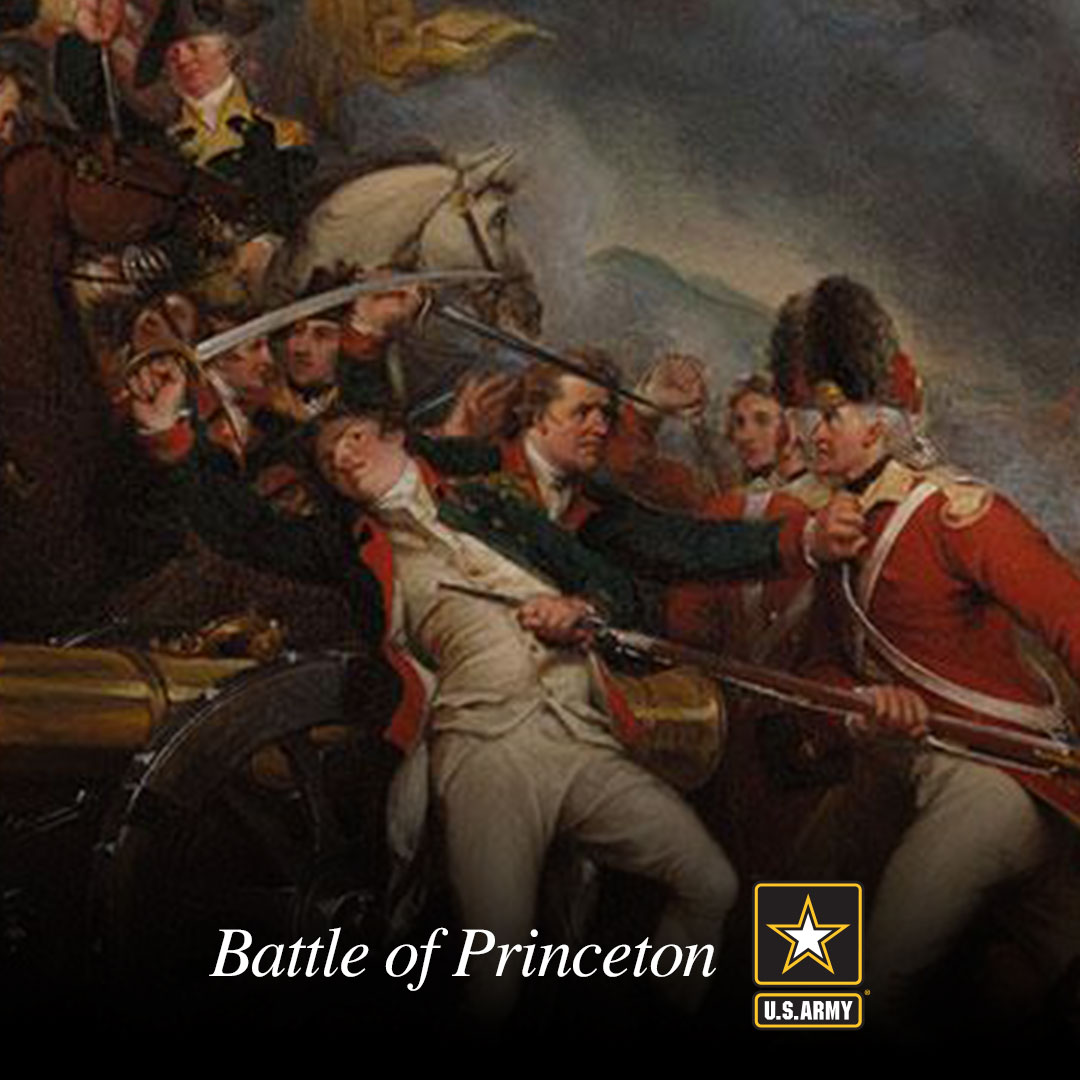
The militia, on seeing the flight of Mercer's men, also began to flee.
Gen. Washington rode up with reinforcements and rallied the fleeing militia, personally leading a counterattack on Mawhood's troops that placed him directly in the field of fire.
Gen. Washington rode up with reinforcements and rallied the fleeing militia, personally leading a counterattack on Mawhood's troops that placed him directly in the field of fire.

In this legendary moment of the American Revolution when the nation’s independence hung in the balance, Gen. Washington proved his amateur army could defeat the British and revived a dying revolutionary cause. 

• • •
Missing some Tweet in this thread? You can try to
force a refresh




